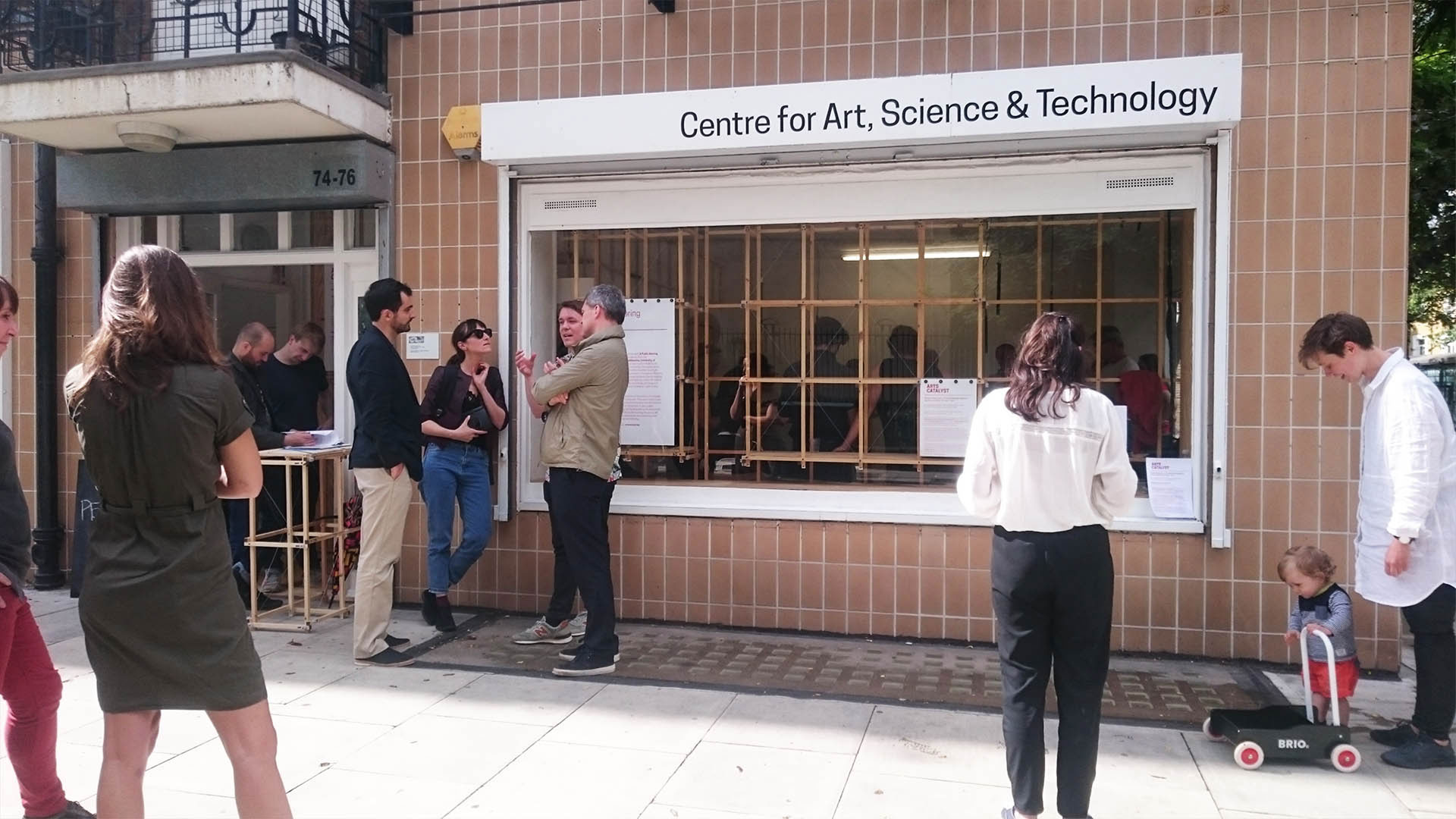



a public hearing | social practice, performance, audio, 2016 (in collaboration with MA Research Architecture)
The use of public hearings originates from the process of the enclosure of public lands in Britain in the 18th and 19th centuries. Public meetings were held in order to create a petition to parliament to enclose land, and later to hear objections to the act created by parliament. This use of commissions to hear public concerns over the enclosure of lands is one of the first examples of a public hearing, and today public hearings are still used when dealing with public lands as well as private properties.
As part of Everyday Urbanism: Architecture as Social Process at Arts Catalyst, our research centred around the form and function of the public hearing, using “hearing” as an “aid” for investigating a series of contemporary conditions emerging in the rapidly shifting and dynamic context of King's Cross.
Our adoption of these terms stems from a critique of the public hearing as a flawed model of engagement. Despite being put forth as an open platform for civilian input regarding pending development processes, often the motion has already been passed and the project is underway. Rather than being an opportunity to critique or contribute to a decision making process, the event of the hearing itself serves as an instance of mere bureaucratic performativity as to create an image of a public that legitimises a decision already made.
Director: henry bradley
A collaborative project by MA Research Architecture students Dana Abbas, henry bradley, Sophie Dyer, Phoebe Eustance, Greg McClaren, Ming Lin, Robert Preusse, Blanca Pujals, Solveig Suess, Leonie Weber, as part of a group residency at Arts Catalyst GalleryWorkshop co-ordinators: Ousman Noor, local Barrister, and Christopher Holt, Vocal coach
Performance: Navadina Choir
Install shots: Arts Catalyst Gallery, London, 2016
Special thanks: Navadina Choir
|
Supported by: Arts Catalyst, London/Sheffield, UK; Goldsmiths University, London, UK